Herbie Kit - Black
Solarbotic's Herbie the Mousebot is a 9-volt battery-powered, light-following robot that loves to chase flashlight beams. These little robots are so quick, you have to run to keep up to them! Herbie even has functional whisker and tail sensors, so he doesn't get stuck in corners, or under obstacles, while chasing around. If there are several Herbies in the same area, they can even be configured to chase each other!
Herbie comes as a build-it-yourself kit that does not use any microprocessors or programming. You're supplied with all parts as shown in the picture, as well as documentation to put him together. The instructions contain many pictures and simple descriptions to make the building process easy and fun, especially for beginners.
This Herbie has a black body, we also carry a red version.
Herbie Kit - Black Product Help and Resources
Core Skill: Soldering
This skill defines how difficult the soldering is on a particular product. It might be a couple simple solder joints, or require special reflow tools.
Skill Level: Rookie - The number of pins increases, and you will have to determine polarity of components and some of the components might be a bit trickier or close together. You might need solder wick or flux.
See all skill levels
Core Skill: Robotics
This skill concerns mechanical and robotics knowledge. You may need to know how mechanical parts interact, how motors work, or how to use motor drivers and controllers.
Skill Level: Noob - You will be required to put together a robotics kit. Necessary parts are included and steps will be easy to follow. You also might encounter basic robotics components like bearings, mounts, or other hardware and need a general idea of how it goes together.
See all skill levels
Core Skill: DIY
Whether it's for assembling a kit, hacking an enclosure, or creating your own parts; the DIY skill is all about knowing how to use tools and the techniques associated with them.
Skill Level: Noob - Basic assembly is required. You may need to provide your own basic tools like a screwdriver, hammer or scissors. Power tools or custom parts are not required. Instructions will be included and easy to follow. Sewing may be required, but only with included patterns.
See all skill levels
Core Skill: Electrical Prototyping
If it requires power, you need to know how much, what all the pins do, and how to hook it up. You may need to reference datasheets, schematics, and know the ins and outs of electronics.
Skill Level: Rookie - You may be required to know a bit more about the component, such as orientation, or how to hook it up, in addition to power requirements. You will need to understand polarized components.
See all skill levels
Comments
Looking for answers to technical questions?
We welcome your comments and suggestions below. However, if you are looking for solutions to technical questions please see our Technical Assistance page.
Customer Reviews
No reviews yet.

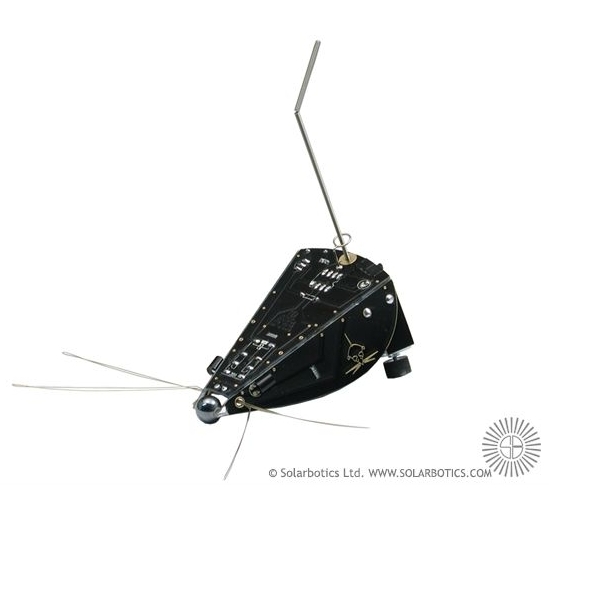
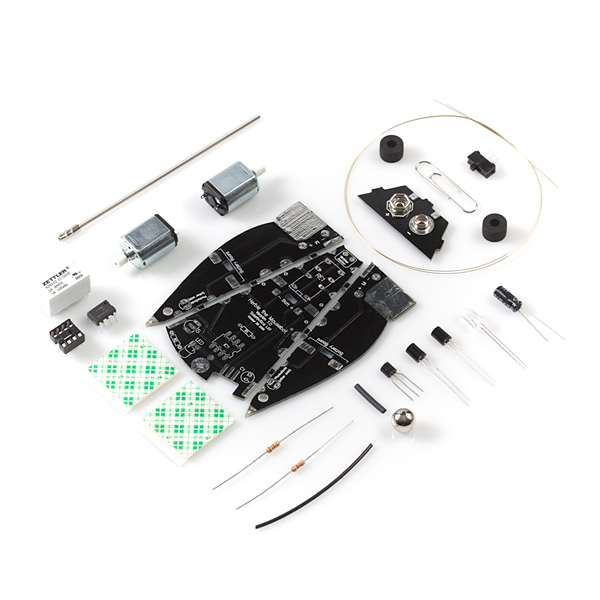
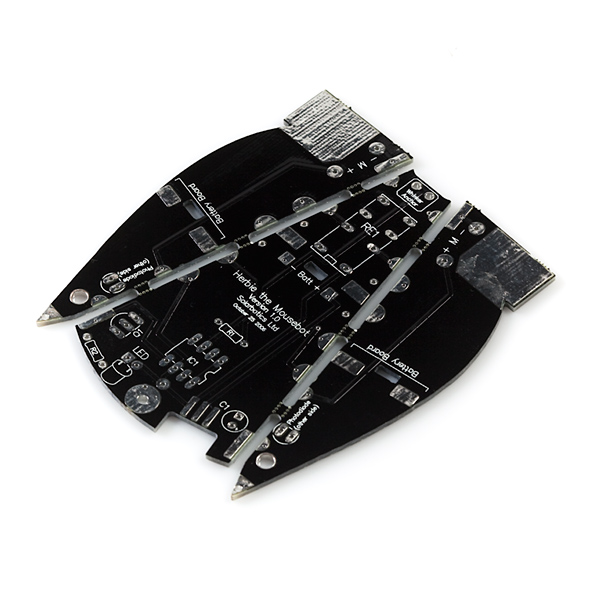
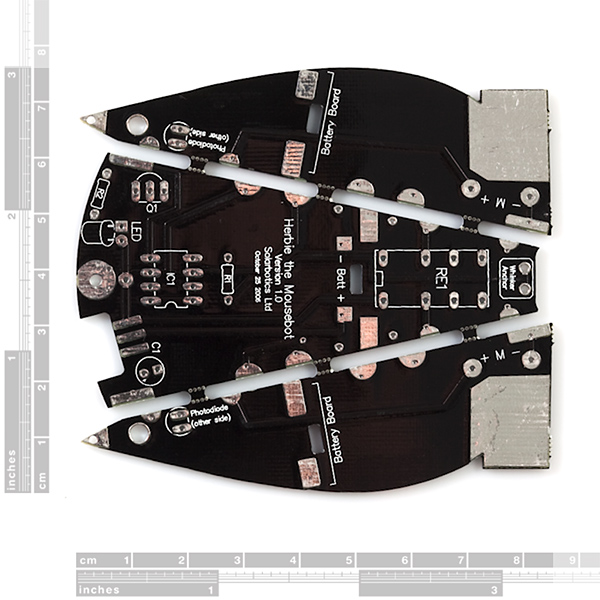
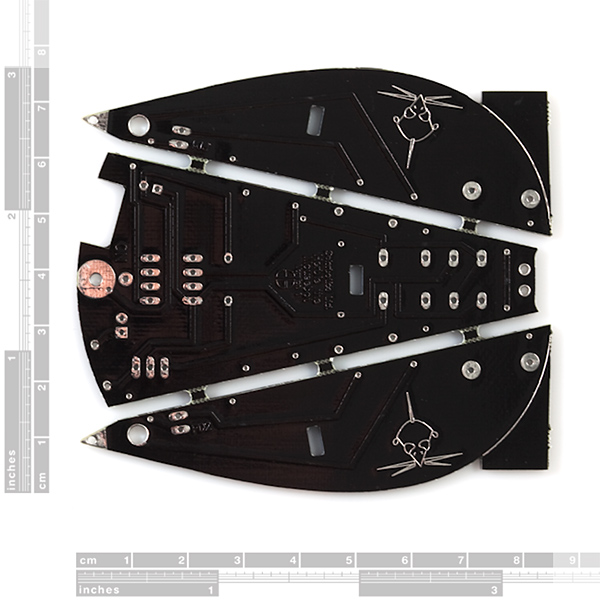
Any idea when these might be back in stock? :)
This is a good starter kit to teach someone soldering. However, Herbie has some problems for typical home fun. The big one being the motors are just too fast. In a reasonable sized kitchen you will loose Herbie to stray light in no time. There is no easy way to reduce the speed, a resistor even at 100 ohm is keeps the motors from running at all, and a 68 ohm resistor will burn out or catch fire. However a diode or two (better yet a zener diode tested for best results) will reduce it enough to use it in a typical sized room. Problem 2 is the case of the whisker switches, these switches are hair trigger on even the most light bump floor. Tile, wood (older wood floors where the space is defined between boards.) or asphalt will trigger them and Herbie will be going in reverse all the time (This can be solved with some heat shrink tubing.) The best way to modify the board for the diode/s is by not soldering the positive terminal of the battery to the other boards, putting in a separator and and soldering the desired number of power diodes in line. (the other option is to fly the lead that goes to the motors out to the diode and back to the socket but that is risky.) So in short great soldering and basic electronics device, but really not an optimally functioning product. The design might want to consider including a appropriately rated z-diode to reduce the speed so those of us without auditoriums can have some fun with him without a great deal of hacking.